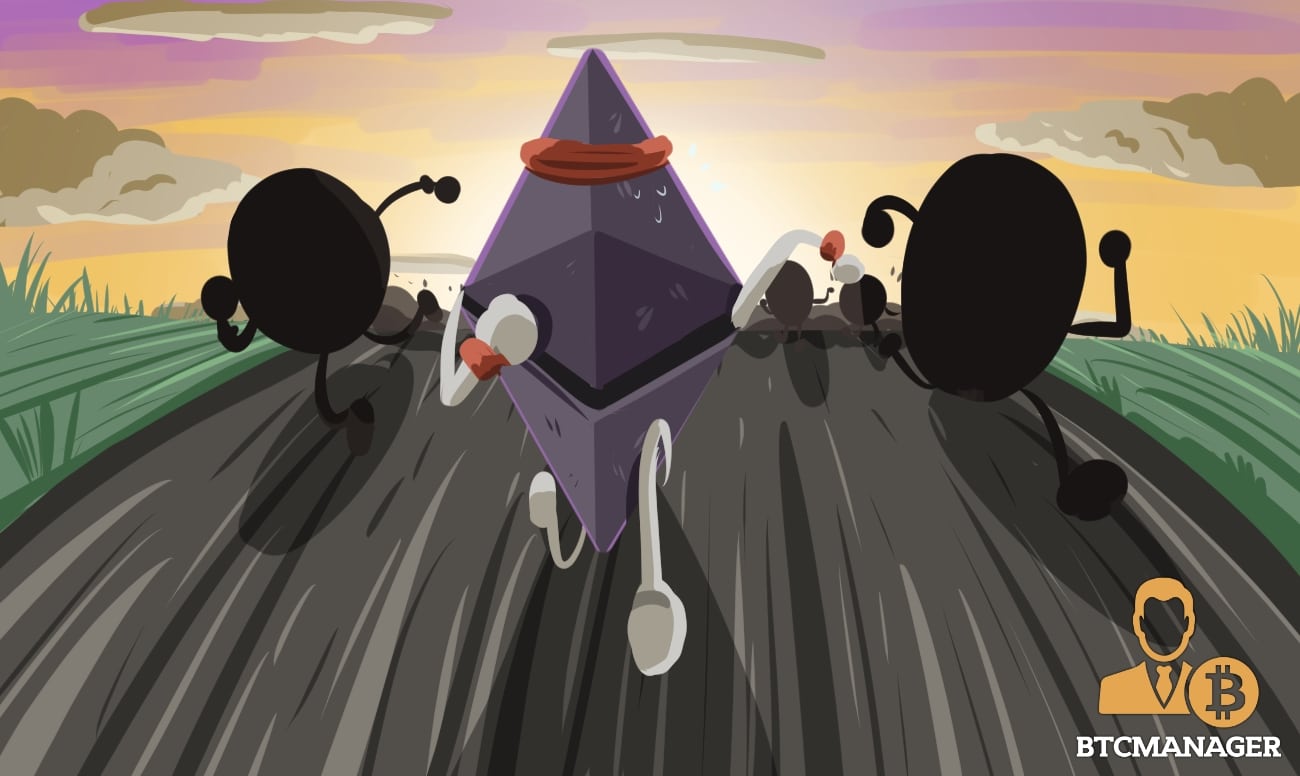Ethereum 2.0 Isn’t a Panacea for Sharding and Scalability, Who Might Be?

The launch of ETH 2.0 seems to be one of the hottest stories since the launch of the original Ethereum blockchain. Despite the first-ever smart contract platform being so hotly anticipated, it was not even three years old before its scalability issues started to become evident. Amid the blockchain and ICO mania of late 2017, the platform started to choke on the volume of its own traffic.
So it’s hardly surprising that the long-awaited upgrade is proving to be such a talking point. Ethereum 2.0, also dubbed Serenity, has been several years in the making now, and the community has been forced to endure multiple delays. Vitalik Buterin himself has even stepped forward to assure eager fans that the implementation will go ahead regardless of the level of readiness.
While it’s reassuring that Ethereum’s creator is taking the lead on shipping the upgrade, those who are watching the project closely still have legitimate reasons to feel concerned.
What’s at Stake?
First and foremost, the statement “regardless of the level of readiness” is hardly reassuring, given what is literally at stake. The first phase of the project will involve a move from Ethereum’s proof of work consensus, to proof of stake (PoS), with a minimum stake of 32 ETH for someone to become a validator.
With this level of funding in the pot, it’s nerve-wracking to consider that the move to PoS may happen before it’s fully ready.
Furthermore, the initial launch is only the first phase. It involves the implementation of the new Beacon chain, which will run in parallel to the current Ethereum blockchain. This means that nobody is going to feel the benefit of ETH 2.0 in terms of higher scalability until the later phases arrive.
This is because the move to sharding, Ethereum’s scalability solution, will only happen in the final phase of implementation. Sharding essentially splits the blockchain into fragments to enable parallel processing, removing bottlenecks to transaction throughput.
Only once sharding has been implemented, and dApps can start to migrate to the new chain, will Ethereum become truly scalable.
At the same time as he made the comment about launching regardless of readiness, Vitalik Buterin also elaborated that the ETH 2.0 implementation is “in some ways simpler than Ethereum 1.0 and in some ways more complex.”
The key point here is that the first version of Ethereum was never designed for scalability, so over the years that we’ve been watching the ETH 2.0 challenges, it’s become apparent that the developers are attempting to change the engine on a moving vehicle.
Another Vehicle in the Race
In the time since the original version of Ethereum launched, while the developers have been wrangling with an upgrade, other projects have built their vehicles with the engine needed for scalability. Furthermore, the wheels are now in motion. Since 2018, Ardor has been operating using many of the same principles to which Ethereum still aspires.
The Ardor architecture uses a parent chain comparable to the Beacon chain, also operating on a proof-of-stake consensus. Child chains attach to the Ardor parent chain, enabling parallel processing of transactions from a wide variety of applications.
The original proof of Ardor’s concept came from the first child chain, known as Ignis. This chain provides those wanting to use the Ardor blockchain with many of the features they would need, right out of the box. These include a coin exchange, data cloud, and voting system, among many others.
Ardor’s child chains operate in approximately the same way as sharding on the Beacon chain. The parent chain maintains security and oversight of the state of the ecosystem, while the child chains can take care of processing their own transactions.
Supplementary Benefits
Because Ardor has been up and running since the start of 2018 and was designed with certain features in mind, the project even offers other benefits beyond what Ethereum 2.0 will offer once it launches in full.
For example, on Ardor, child chains can operate using their own native token, meaning they don’t have to require their users to hold ARDR. In contrast, transaction fees on Ethereum 2.0 will still be paid in ETH, representing a significant barrier for users.
Furthermore, Ardor supports lightweight smart contracts that don’t require validation by every single node on the child chain. These contracts are stateless, meaning they’re less prone to bugs and hacks.
Combined, these features have made Ardor the blockchain of choice for several projects. Most notably, this year, the Austrian government has selected Ardor for inclusion in two projects. Hot City uses blockchain to crowdsource waste heat, redirecting it back into the energy grid. Qualisig is a project aimed at using blockchain-based digital signatures for secure communication in a crisis, prompted by the global COVID-19 pandemic.
While the ETH 2.0 developers have finally committed to shipping the first phase this year, there is still no date. However, other projects that already offer many of the same features continue to gain traction. The risk for Ethereum is that by the time the 2.0 version does get fully implemented, further upgrades will already be required.













